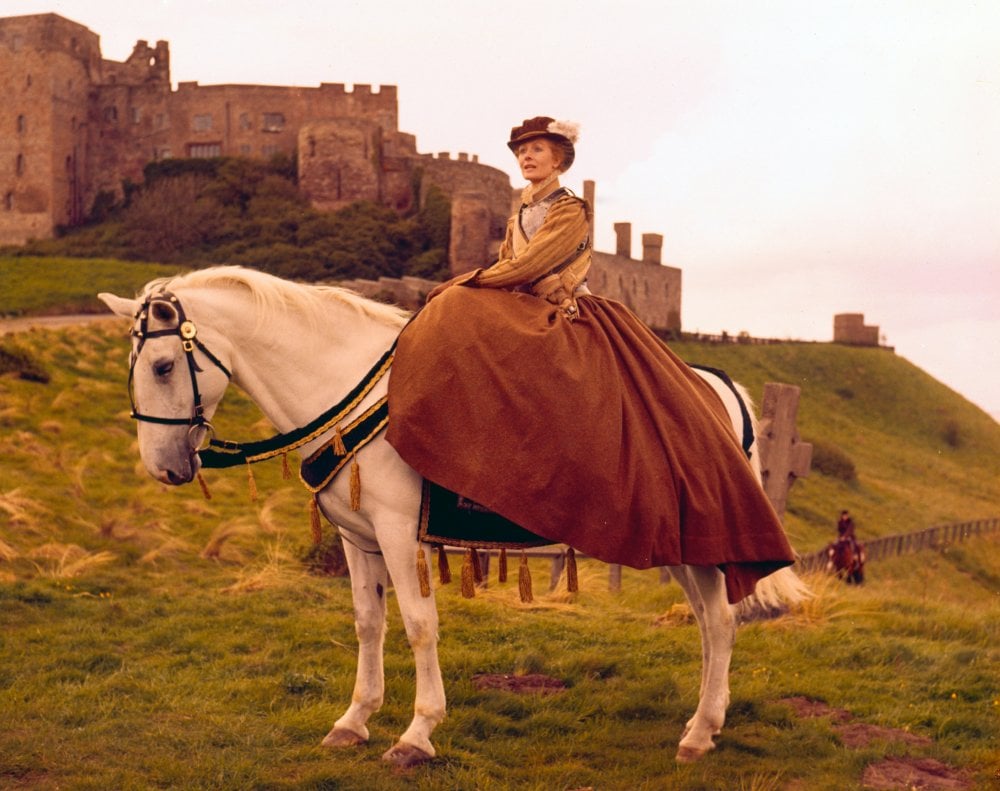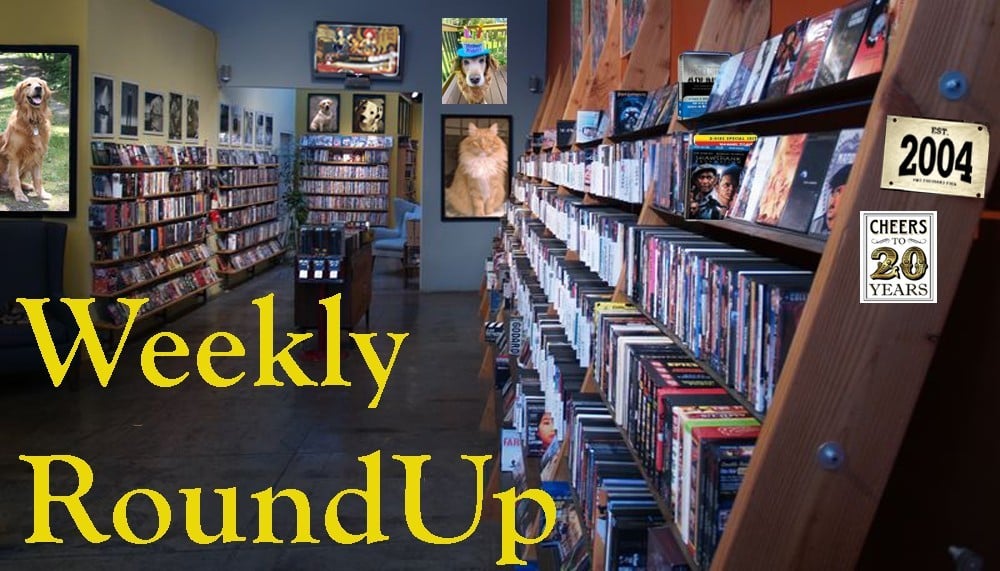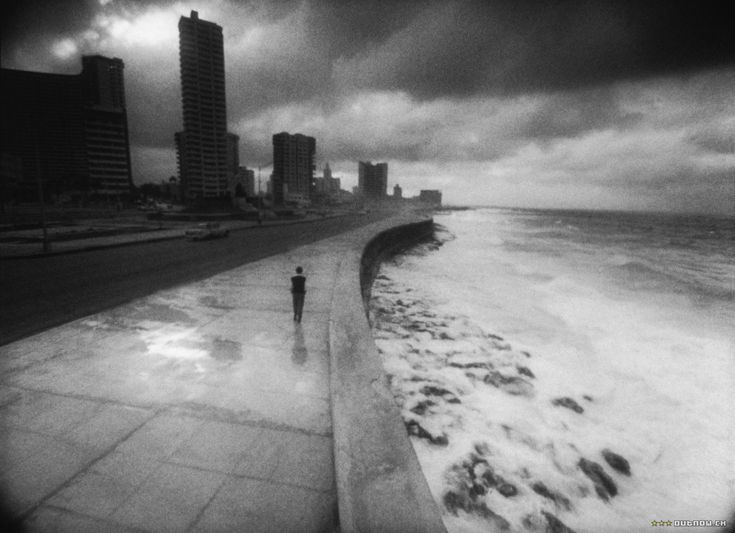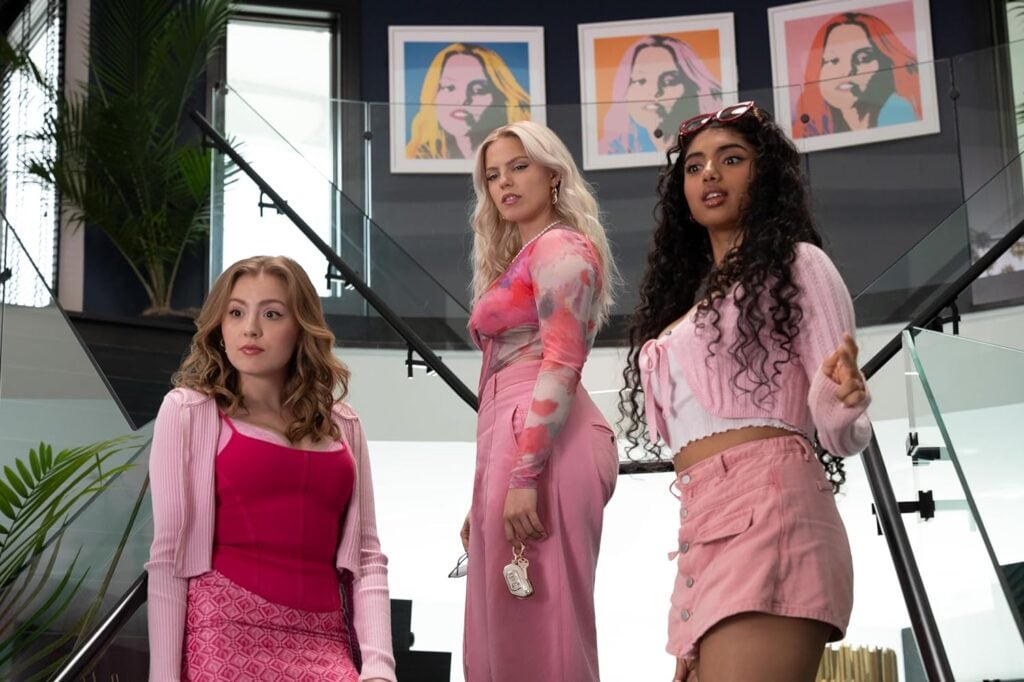Charles Jarrott’s Mary, Queen of Scots offers a fascinating view of the 16th century power struggles between two determined queens, Mary Stuart and Elizabeth Tudor, in a tastefully produced historical epic that doesn’t wear out its welcome.
The Production: 4/5
Historical accuracy questions aside, Charles Jarrott’s Mary, Queen of Scots is an enjoyable and mostly accurate telling of the adult life of Mary Stuart who early on reigned in France and then came to rule as Queen of Scotland before events got the better of her driving her to England and into the hands of her rival cousin Queen Elizabeth I. Exceptionally well cast with a wealth of English character actors supporting two of their most talented female stars in the leading roles, Mary, Queen of Scots is the kind of cinematic history lesson that allows its facts to parade in front of us in something of a grand melodramatic pageant going down very easily as we see crosses and double-crosses, manipulations and schemes unfold in an oftentimes breathtaking production.
After the death of her young husband the King of France, teenaged Mary Stuart (Vanessa Redgrave) is tossed out of France by Catherine De Medici (Katherine Kath) and returns to Scotland where first her mother and then her illegitimate brother James (Patrick McGoohan) had been serving as regents in her absence. Determined to rule as a Catholic despite the growing Protestant power base in the country, Mary makes one impulsive and foolhardy decision after another: marrying the handsome but utterly treacherous and traitorous Henry Lord Darnley (Timothy Dalton), arranging for his murder freeing her to marry Lord Bothwell (Nigel Davenport) after giving birth to Darnley’s son who is named king with James once again serving as regent, and then fleeing to England where Queen Elizabeth (Glenda Jackson) immediately imprisons her to guard against Catholic rebellion and Mary’s own claims to the English throne.
John Hale’s script plays a merry game of counterpoint showing the ups and downs in the lives and reigns of the two parallel queens, Mary and Elizabeth. Much of the focus on Elizabeth involves her canny manipulations of Mary to achieve results that would benefit England and Elizabeth while Mary’s scenes feature much more melodramatic intrigue with the shifting loyalties of her courtiers, her ill-advised love affairs proving how her downfall was the result of her being ruled by her heart rather than by her head (with Elizabeth the exact opposite), and the seesawing of power between Mary and the Catholics and James and his Protestant supporters. While Hale keeps things relatively transparent and understandable, a prior knowledge of the history of Tudor England might aid in smoothing out the rough edges and aid in understanding the motivations for the actions of many of the characters which are only hinted at in the screenplay. Mary’s nineteen-year imprisonment under Elizabeth’s hand is also quite sketchily glossed over here (for more intriguing detail about the final plot to bring Mary down, watch the “Horrible Conspiracies” episode of Elizabeth R for a fuller understanding of Mary’s downfall). Director Charles Jarrott manages to balance the intimate stories with the pageantry of the era though anyone expecting the grandeur of previous English historical epics may find this one a trifle underpowered, and the violence is handled reasonably discreetly even if Riccio’s murder is pretty harrowing. But when one-on-one encounters are needed: whether it be a homosexual liaison between Lord Darnley and Mary’s minster David Riccio (Ian Holm) or Mary’s seduction by Lord Bothwell and the two encounters in the film between Mary and Elizabeth (who cares if they’re historically inaccurate; no one in his right mind would pass up the opportunity for these two electrifying actresses to face off against one another), Jarrott doesn’t let the viewer down.
Glenda Jackson had just had the great good fortune to have starred as Queen Elizabeth I in one of the greatest of the BBC’s miniseries Elizabeth R, so it’s no surprise that her performance here is aces. She had a firm grasp on Elizabeth’s steely character and cunning mind and conveys it all nicely in the film even though Mary Stuart is obviously intended to be of more central focus in the movie. Vanessa Redgrave captures Mary’s wild impulsiveness, stubborn ego, and unwavering, often foolhardy pride in the face of defeat while never trying to convince us otherwise that Mary’s decisions were often heartfelt but incredibly foolish. Trevor Howard is a fine, firm William Cecil, Elizabeth’s Master Secretary, while Patrick McGoohan exudes quiet authority as the determined James Stuart, and Ian Holm is quite touching as the tragic David Riccio. Timothy Dalton makes a superbly weak and pitiful Lord Darnley while Nigel Davenport displays all of the opposite traits as the strong, able Lord Bothwell. Daniel Massey is on hand as Elizabeth’s favorite Robert Dudley and does well with the role.
Video: 4.5/5
3D Rating: NA
The film’s Panavision theatrical aspect ratio of 2.35:1 is faithfully rendered in a 1080p transfer using the AVC codec. Apart from a stray few dust specks which fly by fleetingly, the picture is beautiful with lush color, warm textures, and excellent contrast. The movie has been divided into 10 chapters.
Audio: 4.5/5
The DTS-HD Master Audio 2.0 stereo sound mix is very appealing even if fidelity seems just a trifle muted. Dialogue has been recorded well and is beautifully reproduced, mixed with surety with John Barry’s Oscar-nominated score and the various sound effects. There are no problems with age-related hiss, crackle, flutter, or pops.
Special Features: 3/5
Audio Commentary: film historian and critic Sergio Mims offers a rather scattered audio commentary. He has lots he wants to say, but his brain often races ahead of his mouth as he mispronounces words, gets dates mixed up, and shuffles through a cascade of notes as we hear him flipping pages as he’s talking. He also jumps back and forth between subjects in his somewhat disorganized presentation.
Isolated Score Track with Audio Commentary: ported over from the DVD release, forty-seven minutes of John Barry music cues are presented in Dolby Digital 2.0 mono with film historians Nick Redman and Jon Burlingame offering interesting and vital analysis of John Barry’s music for the film, his career as a whole, and some comments on the film itself during the interludes between music cues.
Theatrical Trailer (3:41. SD)
Kino Trailers: The Lion in Winter, Isadora
Overall: 4/5
Charles Jarrott’s Mary, Queen of Scots offers a fascinating view of the 16th century power struggles between two determined queens, Mary Stuart and Elizabeth Tudor, in a tastefully produced historical epic that doesn’t wear out its welcome. Recommended!
Matt has been reviewing films and television professionally since 1974 and has been a member of Home Theater Forum’s reviewing staff since 2007, his reviews now numbering close to three thousand. During those years, he has also been a junior and senior high school English teacher earning numerous entries into Who’s Who Among America’s Educators and spent many years treading the community theater boards as an actor in everything from Agatha Christie mysteries to Stephen Sondheim musicals.
Post Disclaimer
Some of our content may contain marketing links, which means we will receive a commission for purchases made via those links. In our editorial content, these affiliate links appear automatically, and our editorial teams are not influenced by our affiliate partnerships. We work with several providers (currently Skimlinks and Amazon) to manage our affiliate relationships. You can find out more about their services by visiting their sites.






Similar threads
- Thomas T
- Blu-ray and UHD
2 3